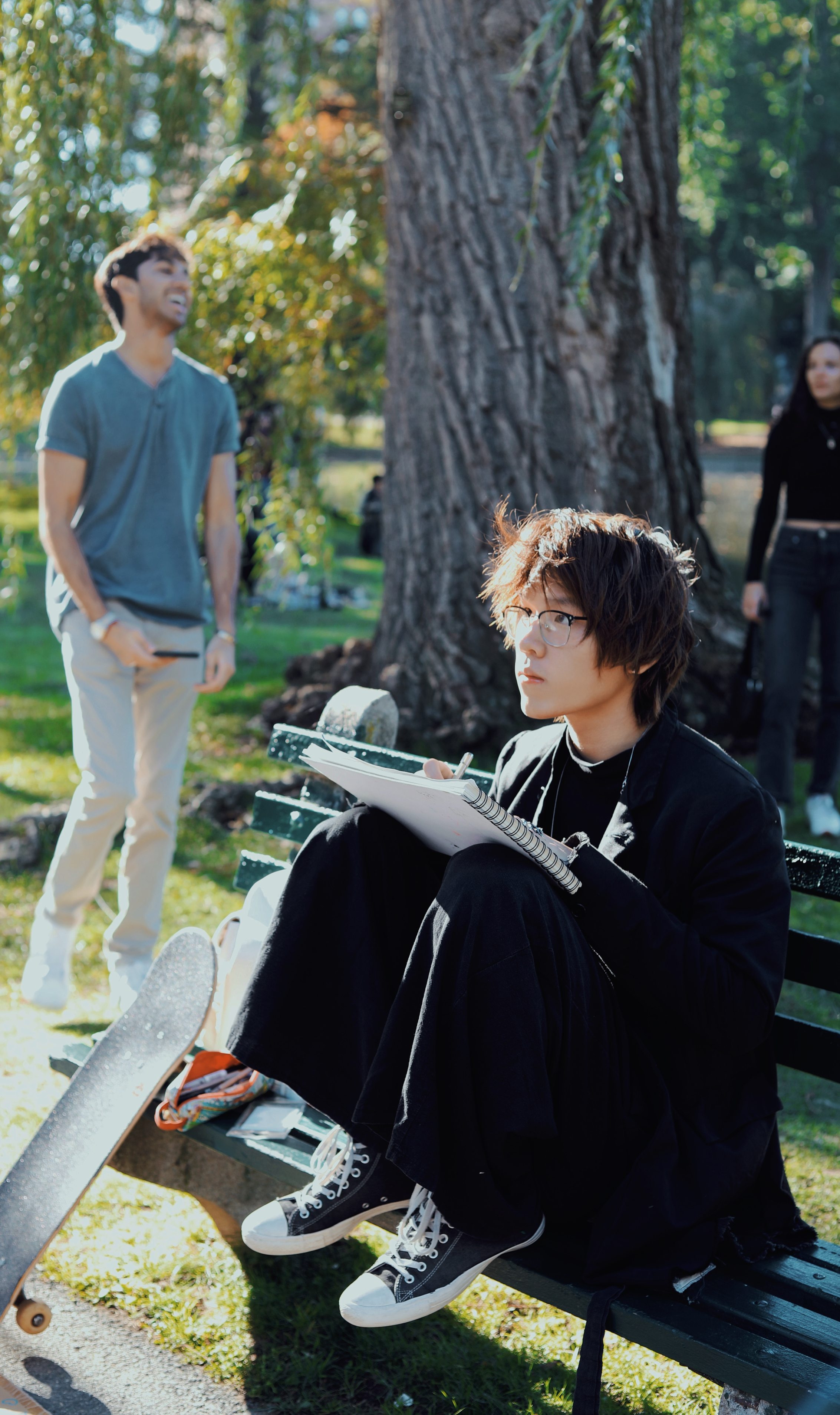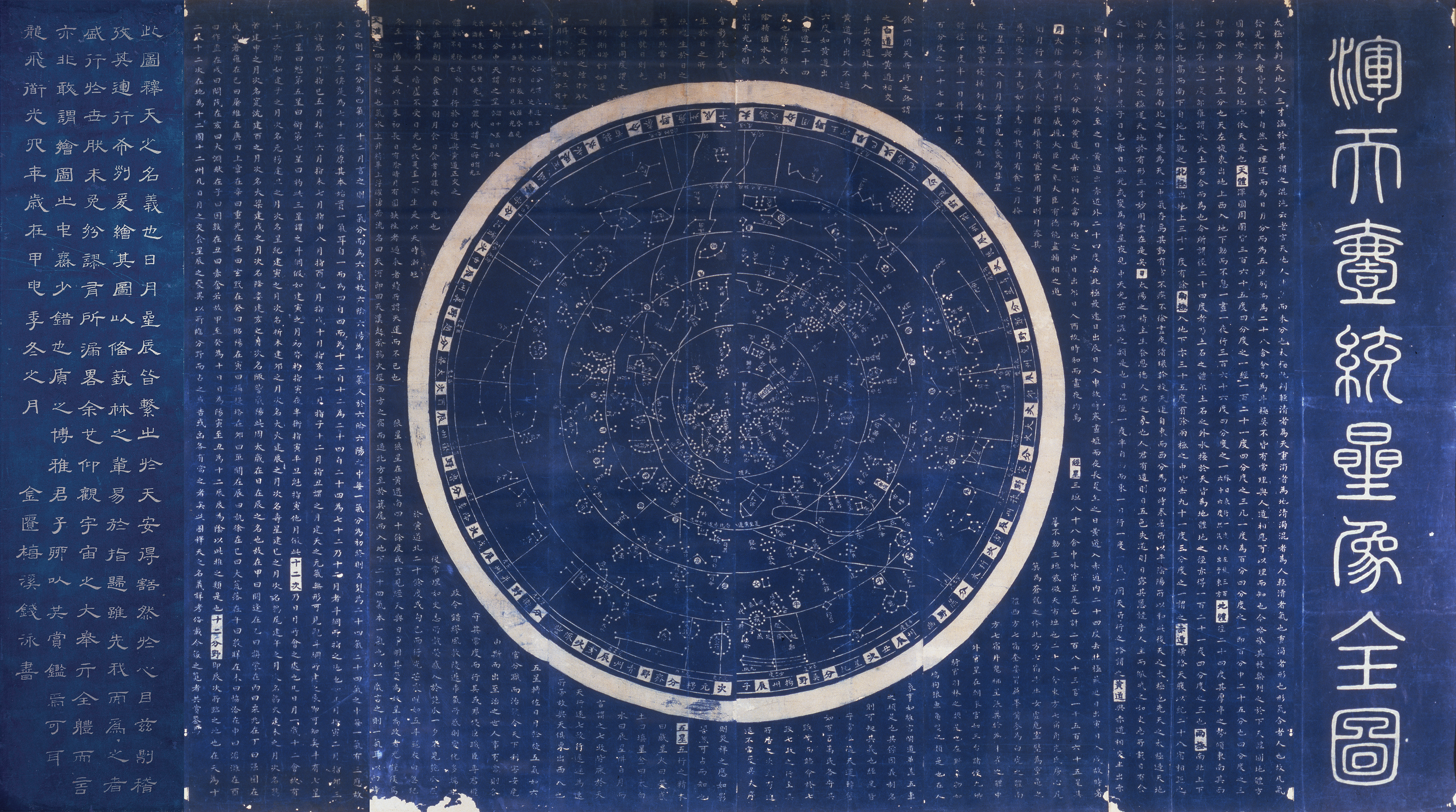We’re excited to have Yuzhe (Satoh) Feng as a part of the team as the Spring 2024 co-op student serving as our Visitor Services & Exhibition Assistant. He is a student at Northeastern University studying Design. We sat down with Satoh to learn more about his interests and background.

Satoh Feng
Satoh, welcome to the Leventhal Center! We’re excited to have you on the team. Tell us a bit about your background and what you’re studying at Northeastern.
Hello, I’m Satoh, a design major student at Northeastern. Most of my artwork revolves around 2D and 3D work, encompassing everything from 3D modeling, carpentry, and watercolor to 2D animations. The majority of my coursework at Northeastern has been design-oriented, covering areas such as graphic design, typography, and 3D modeling.
Nevertheless, design is not just about art. It is also about solving problems for people by communicating and understanding the needs of users, along with brainstorming sessions to generate creative solutions. I believe that this mindset and approach can be applied effectively in the work environment here at the Leventhal Center, which can look like allowing for a thoughtful understanding of visitor and user requirements and the development of targeted solutions.
What made you want to work at the Leventhal Center for your coop experience?
When I reflect on my own artistic works, I realized a profound issue, which was that my artworks lack the depth of time and literary knowledge. I believe that truly exceptional design or art requires time for contemplation and a foundation in literature and history. It is upon these foundations that one can create something truly outstanding.
I am eager to undertake projects that I have never attempted before and greatly look forward to stepping out of my comfort zone. This is precisely why I am drawn to the Leventhal Center. I envision it as an opportunity to immerse myself in an environment that encourages thoughtful exploration, allowing me to infuse my artistic endeavors with the richness of time, literature, and history.
What is your earliest memory of maps?
I remember when I was a child, my parents put two giant maps in my bedroom, almost covering the entire wall. One was a map of China, and the other was a world map. However, I have to say that I wasn’t interested in the densely packed text on these maps when I was a child; I wasn’t even willing to take a glance. Perhaps this mindset was influenced by my dad because I still remember a time when I watched him use the computer, zooming in on the map to locate our home and gradually exploring some famous landmarks near our house.
It wasn’t until university, after entering Northeastern, that I started traveling to various places like Mexico, Miami, and New York (although I still haven’t been to many places yet). I didn’t want to waste any of my travel experiences, so after each trip, I began to look at maps, trying to see the route we had taken from a different perspective.
Moreover, what I find most interesting about looking at maps is comparing the old maps with the current ones. It’s fascinating to see what changes have occurred in the details on these maps over the years.
You are spending lots of your day thinking about our public gallery. Right now, Getting Around Town is nearing the end of its run in our gallery. Do you have any favorite parts of that exhibition so far?
I love the interaction in our gallery! I think that many museums and galleries have a lot of quality exhibits but rarely have an immersive experience for the visitors. After working in our gallery for two months, I think we do a really good job with our interactions! Atlascope allows visitors with a Boston-area address to see what their home looked like 100 years ago or more, and many of them are pleasantly surprised to see what it looked like before. In addition, we recently finished a “people’s choice” voting process for our “Transportation Dreams” cartography challenge. Visitors can also regularly complete a map-drawing activity in the gallery or finish puzzles in our Learning Center. I think it’s a great way to combine familiar activities with the theme of the exhibit to give visitors an amazing experience!
Do you have a favorite map that you’ve come across in the course of your time at LMEC yet?

The star chart in the Adler Planetarium collection. This image features a digital edit to include the leftmost panel, which is not in this position in the original object.
My favorite map is a Chinese star chart that will be featured in an upcoming exhibition, Heaven & Earth, and comes from the collection of the Adler Planetarium in Chicago. As a Chinese student, I think it’s something I’m very proud of that my country’s culture is being promoted in this way. As for the content, this map doesn’t look like a “functional” map in the traditional sense, it’s more like a piece of art and a collector’s item. It’s very pretty just to have on the wall because of the colors and the typography. The ancient Chinese consider a painting incomplete without poetry, and an article incomplete without accompanying pictures; they should complement each other. This allows these maps to be aesthetically pleasing while still being full of content. I think this also made a big impression on me - before this, I had been very resistant to using words to express my emotions and thought that paintings were a powerful tool on their own, and yes, they are, but the accompanying words allow me to express so much more. Secondly, I don’t think I need to describe the colors of the map too much, as it’s going to be discussed in the new exhibit Heaven & Earth, but I will just note that the Prussian blue color of the maps is incredibly beautiful.
What are you most excited to start working on?
I am really excited to look forward to contributing to any future projects, and hopefully to present historical narratives through my unique art style. I aspire to captivate the attention of visitors across different age groups by employing diverse styles of art and communication tailored to their interests. What excites me the most is the prospect of different artistic styles colliding, creating a dynamic and visually compelling experience.
Additionally, I anticipate engaging in discussions with different visitors about their interpretations. Visitors from different cultural backgrounds often hold distinct perspectives and stories about the same event or map. The historical events that unfolded in the past are not always interpreted the same way, but through the voices of different individuals, we can sense the profound impact of these stories on different people. It is through these varied voices that we gain a deeper understanding of how these historical narratives resonate with individuals.
Furthermore, I am really interested in the upcoming exhibition, Heaven & Earth, which focuses on a pair of Prussian blue maps from China. As a Chinese individual, I take great pride in the fact that our history will be showcased. I am eager to contribute to this project by leveraging my own cultural background to ensure its successful presentation.
Our articles are always free
You’ll never hit a paywall or be asked to subscribe to read our free articles. No matter who you are, our articles are free to read—in class, at home, on the train, or wherever you like. In fact, you can even reuse them under a Creative Commons CC BY-ND 2.0 license.